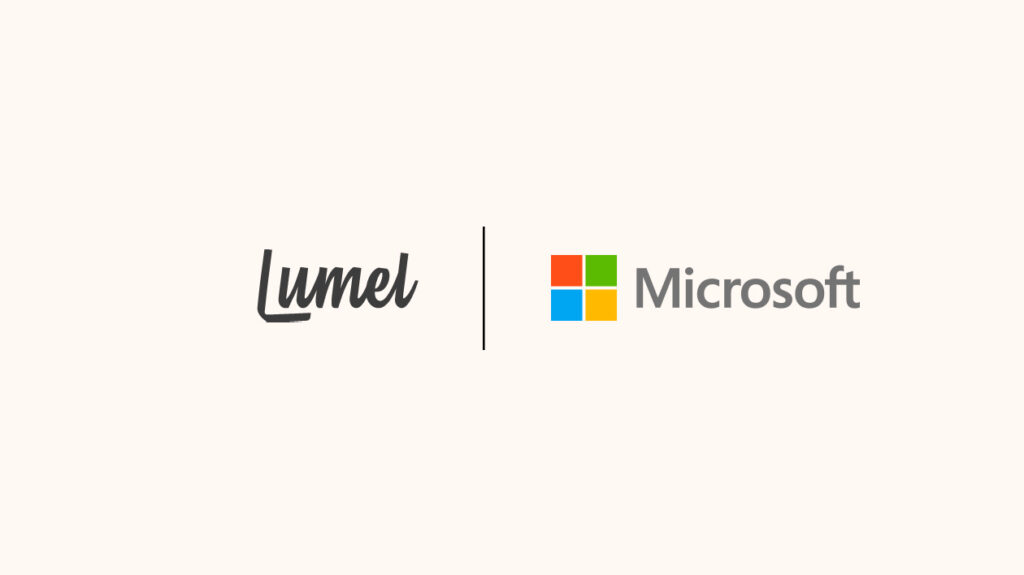
Planning in Microsoft Fabric: A shared vision through collaboration with Lumel
In today’s rapidly evolving business environment, organizations face a common challenge: planning processes are often isolated from their Business Intelligence (BI) and reporting systems. This disconnect introduces inefficiencies, data silos, and a lack of agility in decision-making.
Consider this: over 97% of Fortune 500 companies rely on Microsoft Power BI and many of these organizations seek to enhance Power BI’s capabilities by extending it for planning and Hybrid Transactional/Analytical Processing (HTAP) workloads. However, traditional approaches to planning and reporting exacerbate silos:
- Historical insights feeding future plans: Organizations rely on historical performance data to inform future plans. This process requires transferring actual transactional data into separate planning systems, adding time and complexity.
- From planning back to reporting: Once budgets and forecasts are finalized, they must be reloaded into Power BI for variance analysis and performance reporting—a tedious and redundant process.
Planning is rarely a one-time exercise. It evolves through multiple iterations, scenarios, and assumptions, requiring inputs from diverse teams, departments, and geographies. This fragmented approach necessitates back-and-forth data orchestration, creating inefficiencies and compounding the issue of data silos.
Craig Schiff, Founder and CEO of BPM Partners, summarized it perfectly: “Planning solutions fully integrated with existing BI software is an underserved area that is growing in importance.”
Microsoft’s vision for planning
At Microsoft, our vision is clear: eliminate silos and empower organizations to plan and report seamlessly within a unified platform—Microsoft Fabric.
With Fabric, enterprises no longer need to replicate data into separate software as a service (SaaS) or legacy planning systems. Instead, users can build plans and forecasts directly on top of the semantic models in Power BI, ensuring immediate availability for reporting and analysis across Fabric.
Microsoft Fabric and Lumel: partnering for success
We are excited to announce a deep collaboration with Lumel that brings Enterprise Performance Management (EPM) for planning applications to Power BI and Microsoft Fabric.
Lumel’s no-code, self-service EPM solution enables business users to create sophisticated planning and reporting applications within Power BI, tightly integrated with Fabric. This approach delivers:
- Seamless integration: Build and modify plans directly in Power BI, leveraging Fabric semantic models.
- Collaborative capabilities: Commenting, notifications, scheduling, and approval workflows streamline team collaboration.
- Broader use cases: Support for transactional and analytical scenarios expands Fabric’s utility for modern HTAP workloads and planning use cases.
Lumel’s solution redefines the boundaries of what organizations can achieve with Power BI and Fabric. For example, with Lumel’s Inforiver Write-Back Matrix for Planning, businesses can effortlessly create their 2025 plans, save them to OneLake, and integrate them instantly into reporting and analysis workflows.
Our strong collaboration with Lumel reinforces Microsoft’s commitment to providing a single, unified platform where planning and analytics coexist, helping organizations make better, faster decisions.
Looking ahead with Microsoft Fabric
Take the next step towards connected planning—streamlining workflows, eliminating silos, and unlocking new possibilities with Microsoft Fabric and Lumel.

Lumel and Microsoft Fabric
Enterprise planning and performance management in Power BI and Fabric
Stay tuned for more updates as we continue to empower organizations with cutting-edge tools for the future of planning and analytics.




